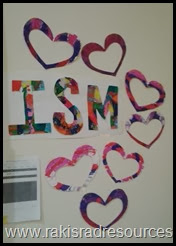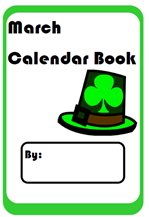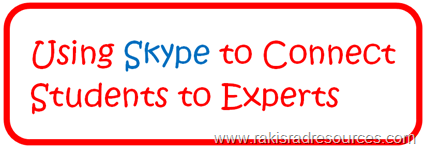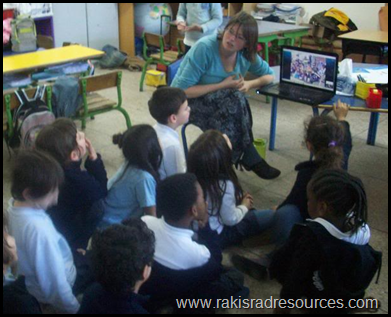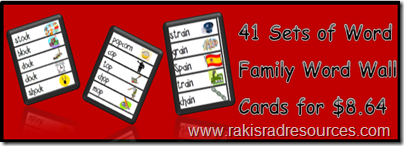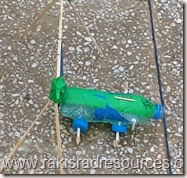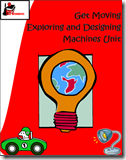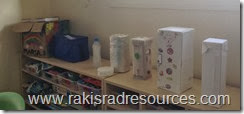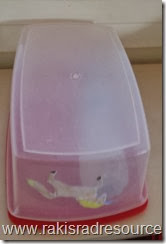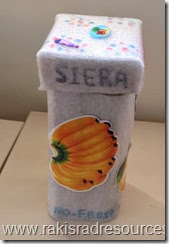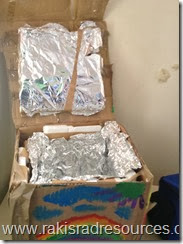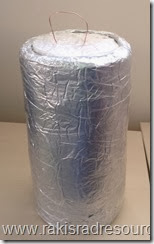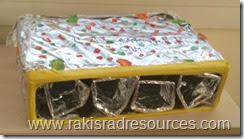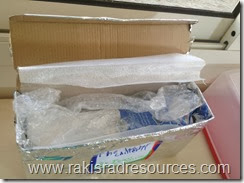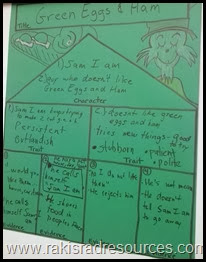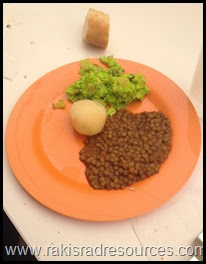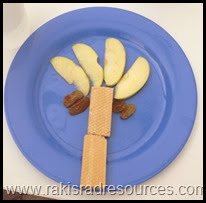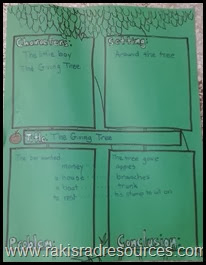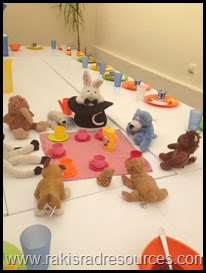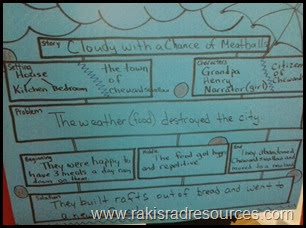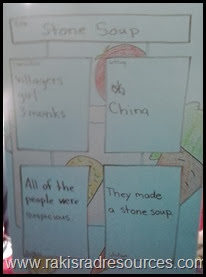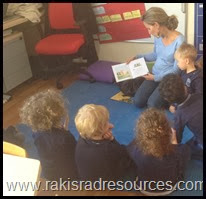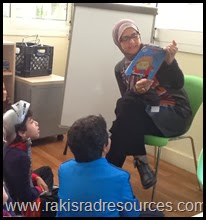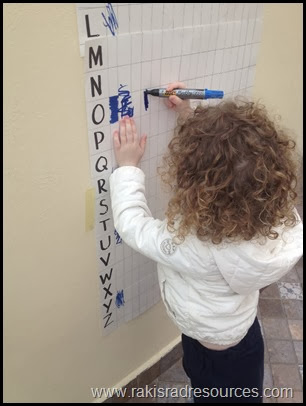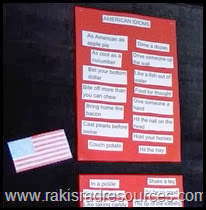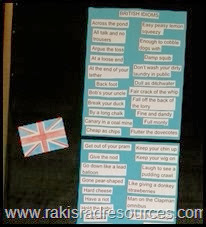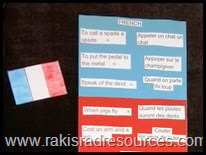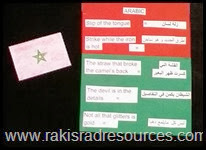T his year I am the luckiest teacher in the world. I get to teach at the best school ever – International School of Morocco, with some of the best, most creative, teachers ever. Each time I walk into someone else’s classroom, I get inspired and we just seem to spiral great teaching ideas off of each other. It’s a wonderful place to teach, and since we are all collaborating, it’s a wonderful place for our kids to learn – a teacher’s dream, right? I have tried and tried to convince the other teachers to create blogs of their own to spotlight and share some of their amazing ideas, but everyone is super busy. Instead, they have each agreed to let me spotlight some of their ideas right here on Raki’s Rad Resources. So, each Friday night, I will be posting an ISM Spotlight.
his year I am the luckiest teacher in the world. I get to teach at the best school ever – International School of Morocco, with some of the best, most creative, teachers ever. Each time I walk into someone else’s classroom, I get inspired and we just seem to spiral great teaching ideas off of each other. It’s a wonderful place to teach, and since we are all collaborating, it’s a wonderful place for our kids to learn – a teacher’s dream, right? I have tried and tried to convince the other teachers to create blogs of their own to spotlight and share some of their amazing ideas, but everyone is super busy. Instead, they have each agreed to let me spotlight some of their ideas right here on Raki’s Rad Resources. So, each Friday night, I will be posting an ISM Spotlight.
Today we are spotlighting our Nursery teacher, Jen Kadiri. Jen teaches the three year old class and does the most amazing crafts ever! (Check this post for all of her handprint art from last year.) So, when I saw these amazing hearts hanging outside of her classroom, I just had to stop and take a picture so I could share it with you guys. Little did I know that the hearts were actually a bi-product of a Valentine project gone awry.
Ms. Kadiri cut out these hearts originally hoping to work on symmetrical painting with her class. However, when she cut them, she realized they were a tad too big. Leave it to Ms. Kadiri to turn in ooops into a Wow! She continued with her painting project – letting students paint one half of the hearts any way they wanted and then folding the hearts in half so that the students had symmetrical art pieces.
After the paintings dried, she cut the center hearts out of the larger hearts and punched holes around the edges. The students then laced all the way around their hearts and made Valentines for their parents. Meanwhile the super cute too-big hearts got hung in the hallway! Double duty Valentine hearts!
 I told Ms. Kadiri that next year I might try the heart frames and put student created poetry on the inside! I wish I was half as creative as Ms. Kadiri, but at least I have the amazing opportunity to work with her and “borrow” her ideas into my own!
I told Ms. Kadiri that next year I might try the heart frames and put student created poetry on the inside! I wish I was half as creative as Ms. Kadiri, but at least I have the amazing opportunity to work with her and “borrow” her ideas into my own!
Stop by next Friday to see what else is happening at the International School of Morocco.

